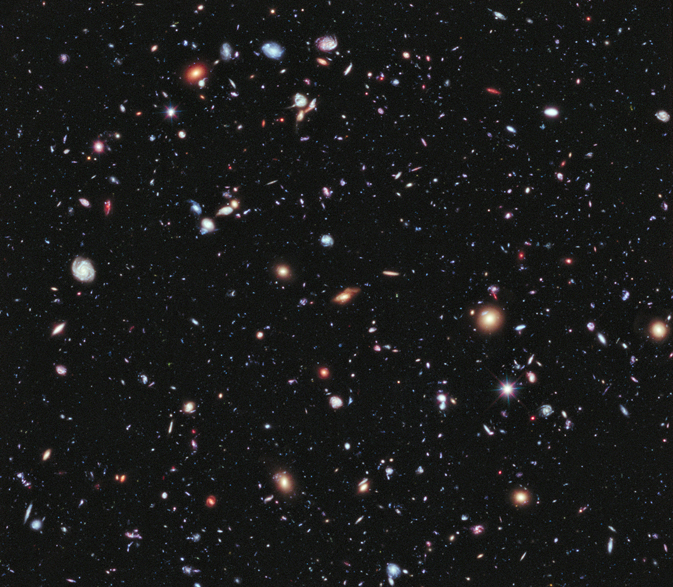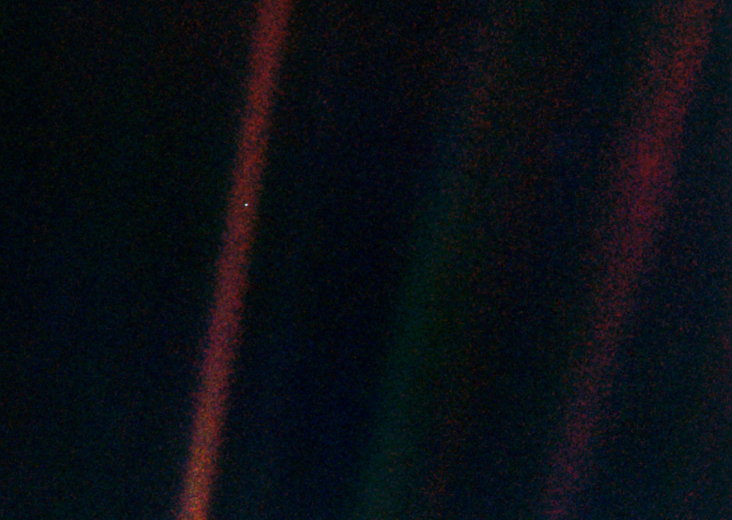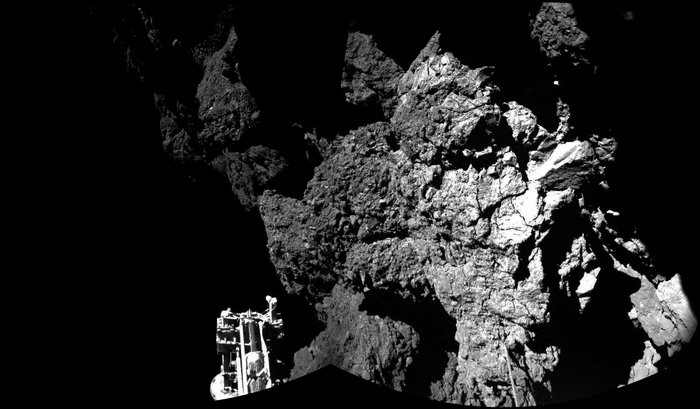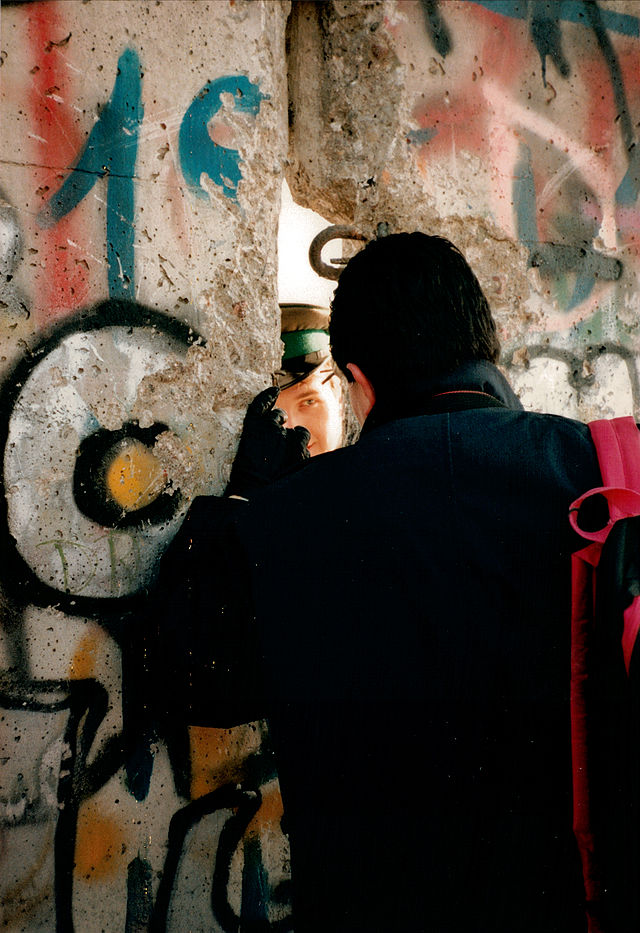Are you ready for winter? I was watching the news this morning, and a town near Buffalo, New York has had 88″ of lake effect snow. Things get serious when you have that much snow. There is a huge danger of life-threatening roof collapses and rescue teams can’t get to you. It is not an auspicious start to winter, and was captured beautifully in this aerial shot by Derek Gee for the Buffalo News/AP.
Yesterday, I posted about the swan boat in Hamburg transporting the towns swans to a warm place for winter. So for those of you who are waiting for the latest in cygnature swan news, it appears that a swan missed the boat got his or her cygnals crossed and missed the boat. Looking to catch-up with the other swans this one got lost and shut down a runway at London’s heavily congested Heathrow Airport. It created quite a cygne.






